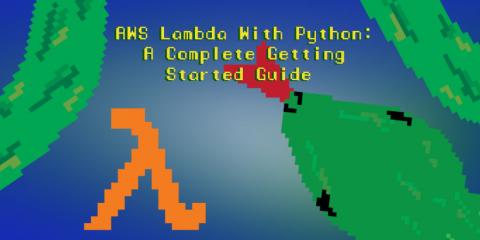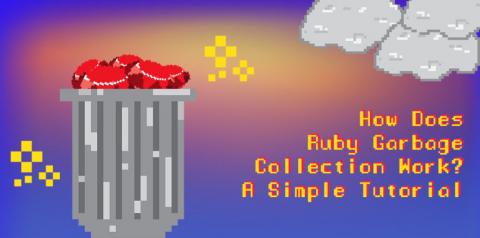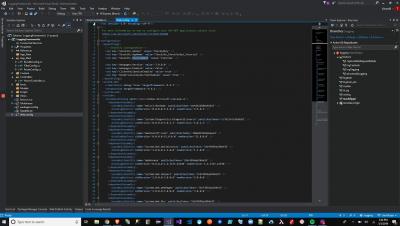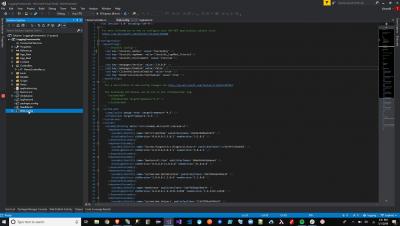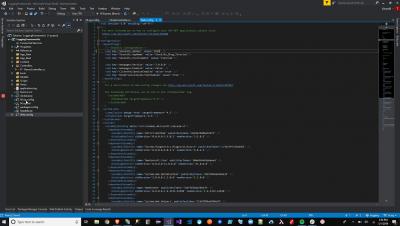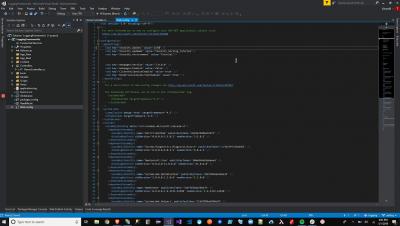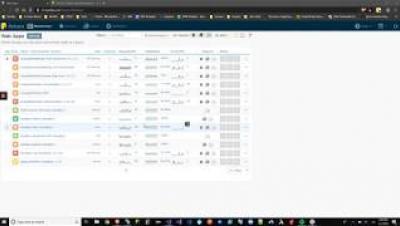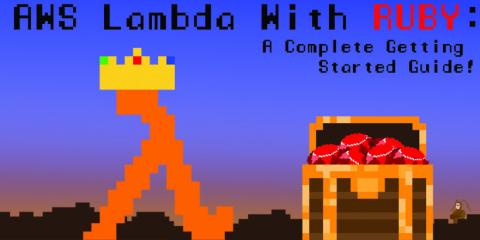Python Geocoder: A Guide to Managing Locations in Your Apps
A great thing about building applications for the internet is that people from all around the world can benefit from your effort. You can gather new users from Taiwan to Colorado and meet their needs just as effectively. In this global context, it can be good to provide your users with local flavor to help them feel connected to you and your applications. It can also be useful for you to know where your users are coming from to make sure that your infrastructure is configured in the best way.




